See if you can guess what the definition leaves out
The complete definition of the Mass from the original, 1969 Novus Ordo Missae:
The reverberations are still felt, and in most places are as loud as ever. Rorate Caeli has more here.
The complete definition of the Mass from the original, 1969 Novus Ordo Missae:
"7. The Lord's Supper, or Mass, is the sacred meeting or congregation of the people of God assembled, the priest presiding, to celebrate the memorial of the Lord. For this reason, Christ's promise applies eminently to such a local gathering of the Church: 'Where two or three come together in my name, there am I in their midst' (Mt. 18:20)."
The reverberations are still felt, and in most places are as loud as ever. Rorate Caeli has more here.
Sacred Host, offered for the salvation of sinners, have mercy on us.
.










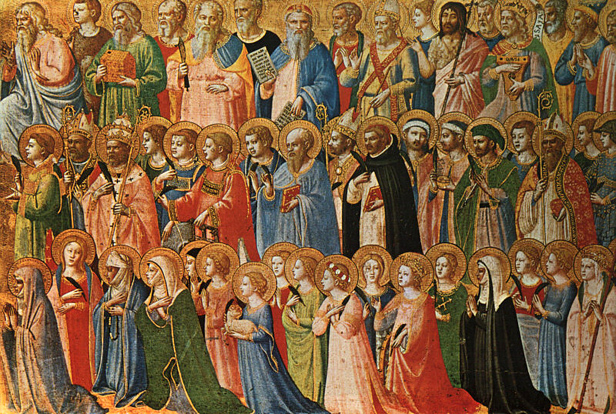





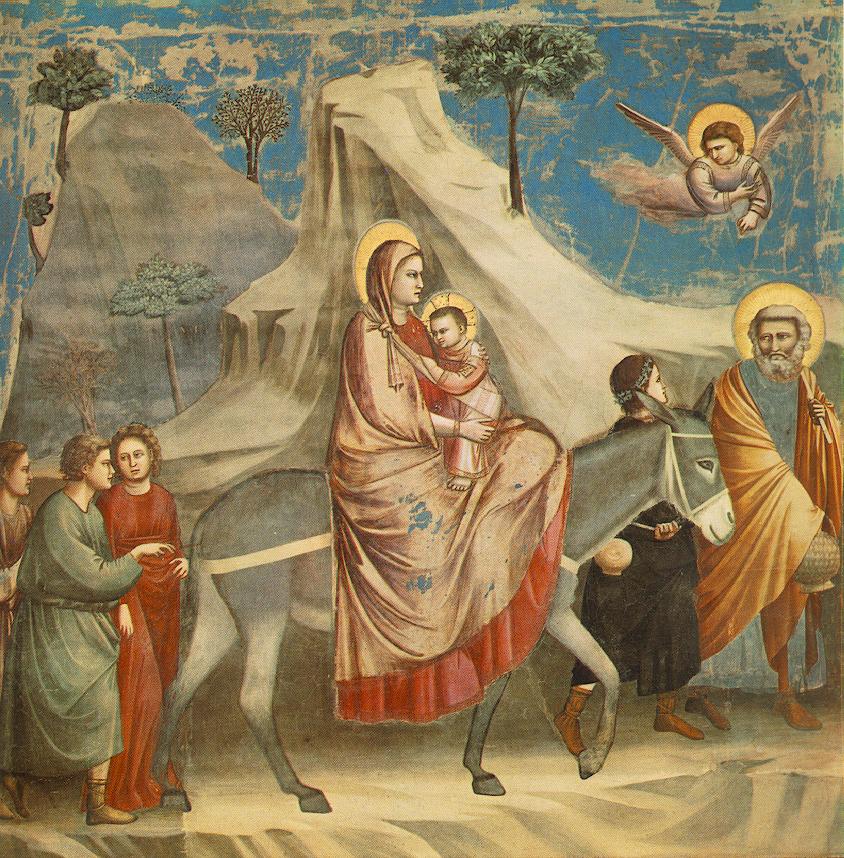







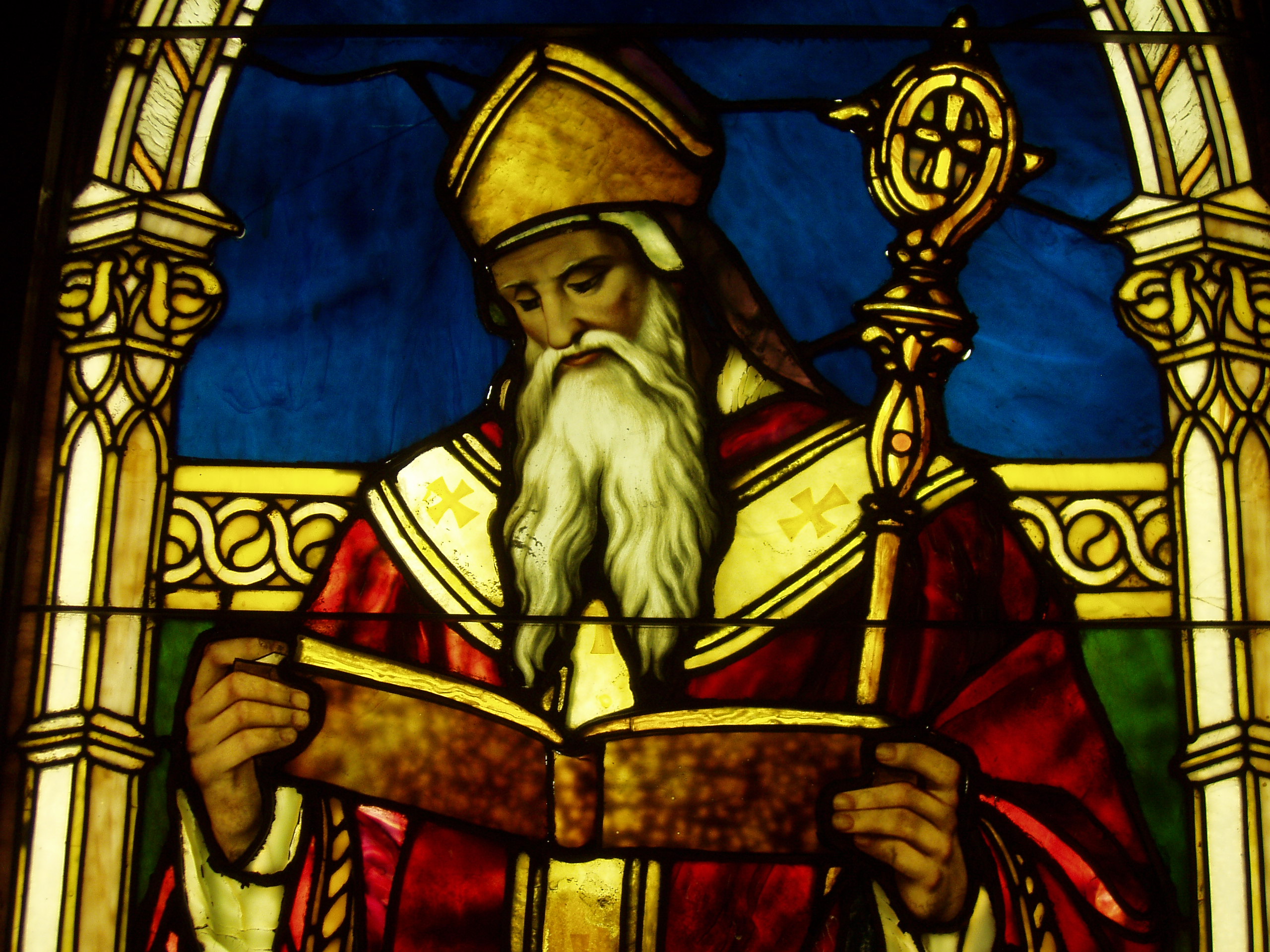







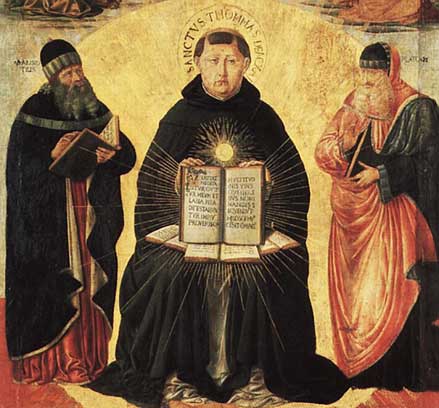






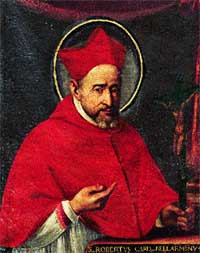





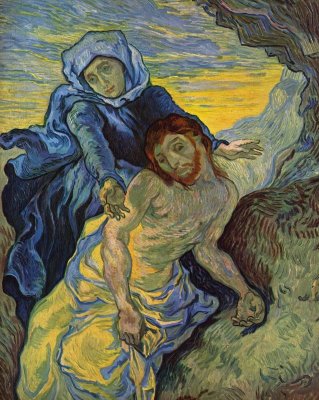
.jpg!xlMedium.jpg)
